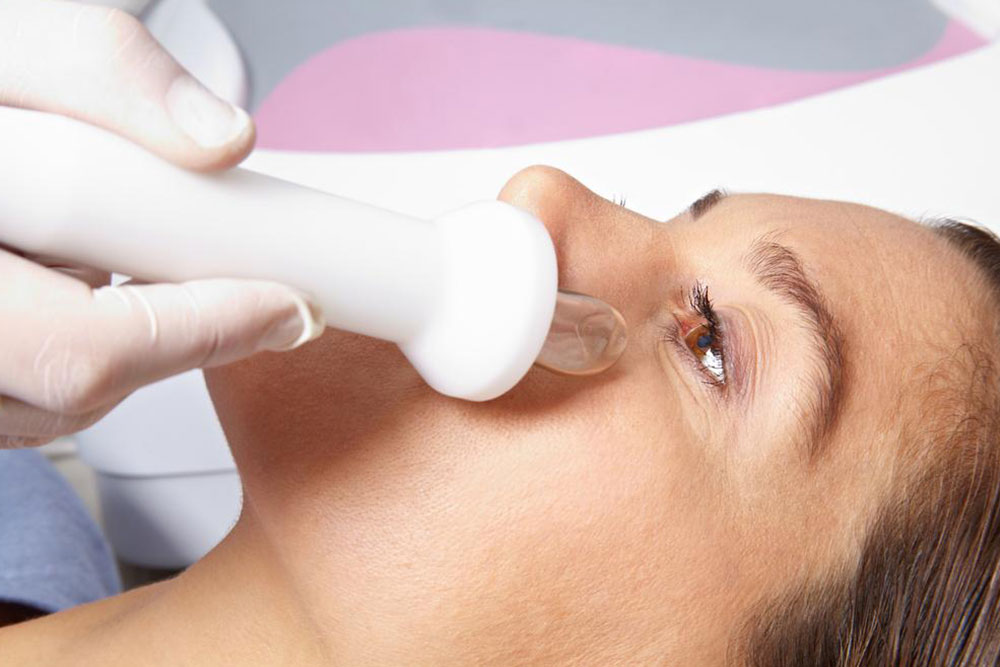Comprehensive Guide to Eyelid Surgery: Key Factors to Consider Before Making Your Decision
Eyelid surgery, or blepharoplasty, offers rejuvenation benefits but involves careful consideration of risks, preparation, and post-operative care. This comprehensive guide discusses essential factors to ensure safety, set realistic expectations, and achieve optimal results. From understanding potential complications to choosing appropriate alternatives, learn how to make informed decisions about eyelid lift procedures for a more youthful appearance and improved vision.

Important Factors to Evaluate Before Opting for Eyelid Surgery
Cosmetic eyelid surgery, scientifically referred to as blepharoplasty, has gained remarkable popularity among individuals seeking to rejuvenate their appearance and improve vision. This specialized procedure specifically targets sagging skin around the eyes, excess fat deposits, and wrinkles, providing a more youthful and alert look. While many pursue eyelid surgery for aesthetic benefits, understanding the complex aspects, potential risks, preparation steps, and post-operative care is crucial for a safe and effective outcomes.
Assessing the Risks and Complications
When considering eyelid lift surgery, it is essential to move beyond just the cost. Patients should thoroughly evaluate physiological and medical factors that could influence the outcome or cause complications. Risks associated with blepharoplasty can vary based on individual health status, age, and pre-existing conditions. Complications such as infections, swelling, bruising, or temporary vision disturbances are not uncommon. The anesthesia process itself carries risks like adverse reactions or blood clots, which require careful oversight by experienced surgeons. Specific eye-related issues, including dryness, irritation, scarring, or eyelid malpositions, might also emerge post-surgery. Being aware of these risks allows patients to make informed decisions and take necessary precautions.
Furthermore, the timing of the surgery relative to recent illnesses, such as flu or other infections, can significantly impact healing and increase the risk of complications. Post-operative recovery is influenced by individual health, lifestyle, and adherence to medical advice.
Understanding Common Side Effects and Recovery Expectations
Post-operative side effects are typical and include swelling, bruising, mild pain or discomfort, numbness around the eyes, light sensitivity, and occasional bleeding. Some patients may experience temporary eyelash loss or skin discoloration. In rare cases, more serious issues like hematomas—abnormal blood collections—might require surgical intervention. Infection remains a concern if proper hygiene protocols are not followed. Temporary vision disturbances such as blurring or double vision can also occur, but these usually resolve with time. Recognizing these side effects helps set realistic expectations and planning for recovery.
Preparation Strategies Before Surgery
Preparation is vital to ensure safety and achieve favorable results. Patients should engage in thorough discussions with their surgeons, fully disclosing their complete medical history, including chronic illnesses, allergies, medication use, and lifestyle factors like smoking or alcohol consumption. Providing comprehensive information enables surgeons to tailor the surgical plan appropriately and identify potential risks. Compliance with pre-surgical instructions, such as discontinuing blood-thinning medications, is necessary to minimize bleeding risks and facilitate smoother healing.
Post-Surgical Care and Follow-Up
Postoperative care involves strict adherence to medical advice, including the application of cold compresses, proper wound care, and scheduled medication intake to manage pain and prevent infection. Attending all follow-up appointments is crucial for monitoring healing progress, removing stitches if necessary, and promptly addressing any complications. Patience is key during recovery, as swelling and bruising gradually subside, revealing the final results. Proper care and realistic expectations significantly influence satisfaction with the procedure. Engaging with a qualified, experienced surgeon enhances safety and outcome success.
Cost Considerations and Alternative Options
While cost remains a significant factor for many choosing eyelid surgery, it should not be the sole determinant. Surgical readiness encompasses understanding the risks, setting realistic goals, and mental preparedness. For individuals hesitant to undergo surgery or seeking less invasive options, alternatives such as laser skin tightening, eyelid fillers, or non-surgical eyelid lifts might provide modest improvements. However, these alternatives typically do not match the results achieved through traditional blepharoplasty. The confidence in your surgeon's expertise, combined with realistic expectations, will contribute to a more satisfying outcome.





